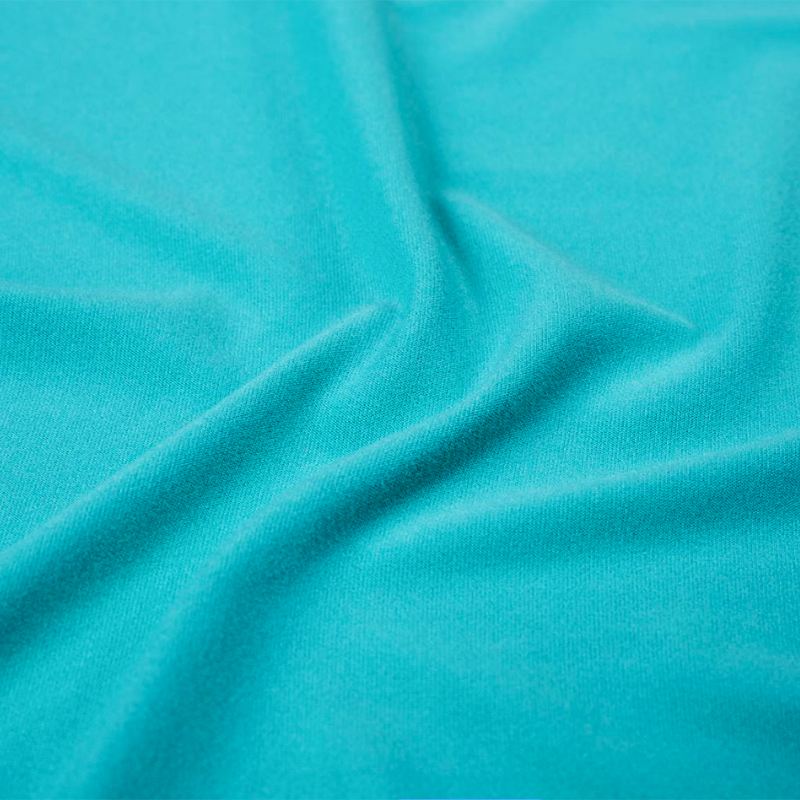The principle of moisture management in casual wear fabric made of high-filament yarn is based on the capillary action and wicking properties of the fabric. High-filament yarns, often composed of long, continuous fibers, play a crucial role in enhancing moisture management. Here's how it works:
1. Capillary Action: Fabrics made from high-filament yarns have capillary action due to the fine and long fibers. Capillary action refers to the ability of a material to draw liquid (in this case, moisture) into tiny spaces or channels. High-filament yarns provide a network of capillaries throughout the fabric.
2. Wicking: When moisture, such as sweat, comes into contact with the fabric, the capillary action within the high-filament yarns rapidly absorbs the moisture. The long, fine filaments allow moisture to spread across the fabric's surface.
3. Spreading and Evaporation: The absorbed moisture is spread over a larger surface area, where it can evaporate more quickly. This spreading of moisture prevents it from accumulating in one spot, reducing the sensation of wetness on the skin.

4. Temperature Regulation: As moisture evaporates from the fabric, it helps cool the body by carrying away excess heat. This contributes to a sensation of comfort and helps regulate body temperature, making the fabric suitable for warm and active wear.
5. Quick Drying: Fabrics made with high-filament yarns often dry more quickly because of their effective moisture management. The capillary action and spreading of moisture allow for efficient evaporation, keeping the wearer dry and comfortable.
6. Reduced Clinging: Fabrics with excellent moisture management properties are less likely to cling to the skin when wet, reducing discomfort and chafing.
7. Odor Control: Efficient moisture management also helps reduce the buildup of moisture, which can lead to the growth of odor-causing bacteria. By keeping the skin dry, these fabrics contribute to odor control.
The use of high-filament yarns in casual wear fabric enhances these moisture management properties, making the fabric suitable for activities that may result in perspiration or exposure to varying environmental conditions. It ensures that the wearer remains dry, comfortable, and thermally regulated, which are essential aspects of comfort in casual wear.



.jpg?imageView2/2/format/jp2)







